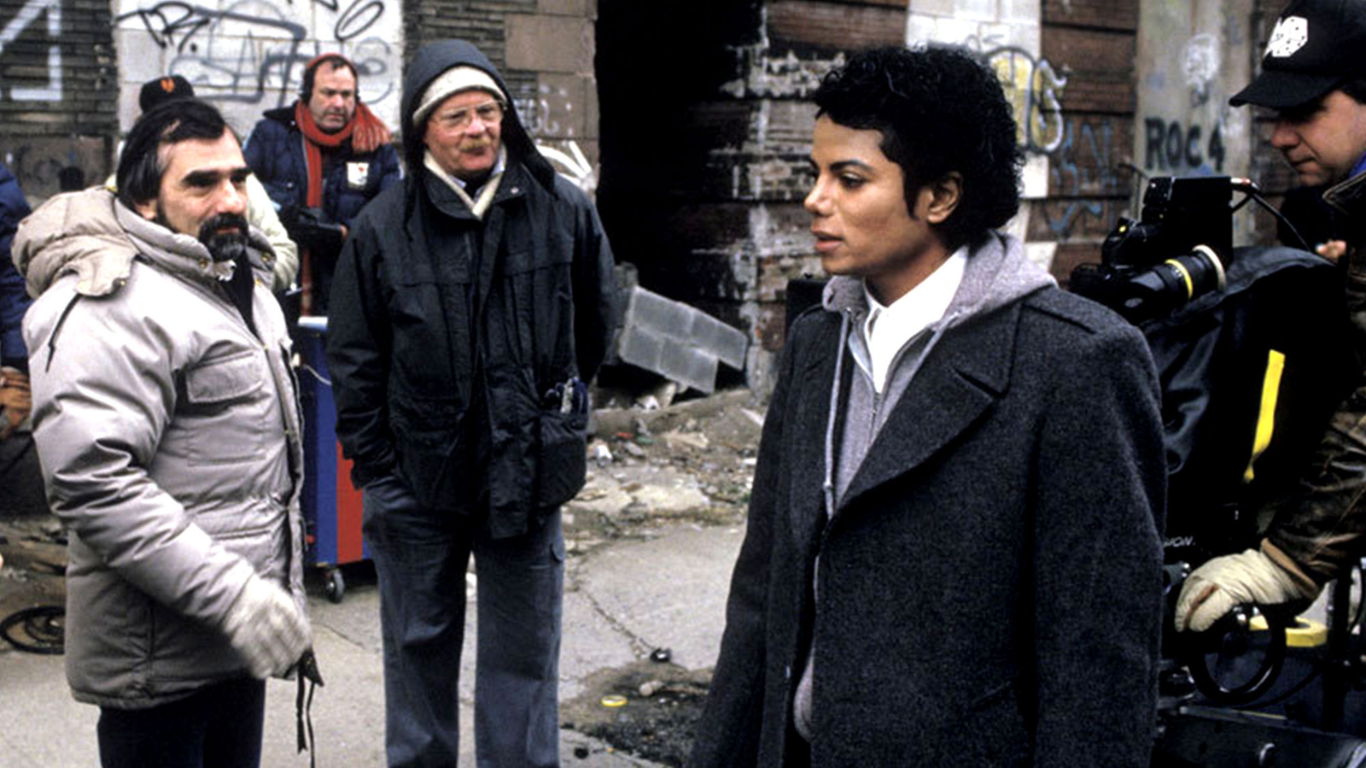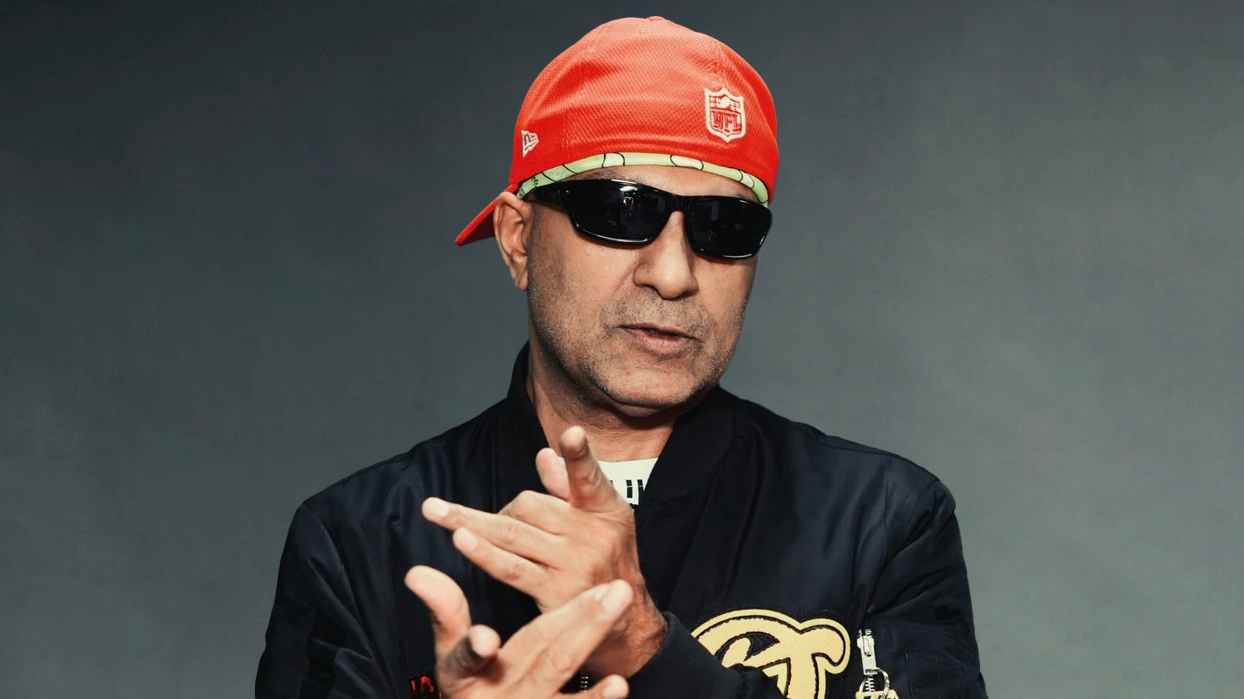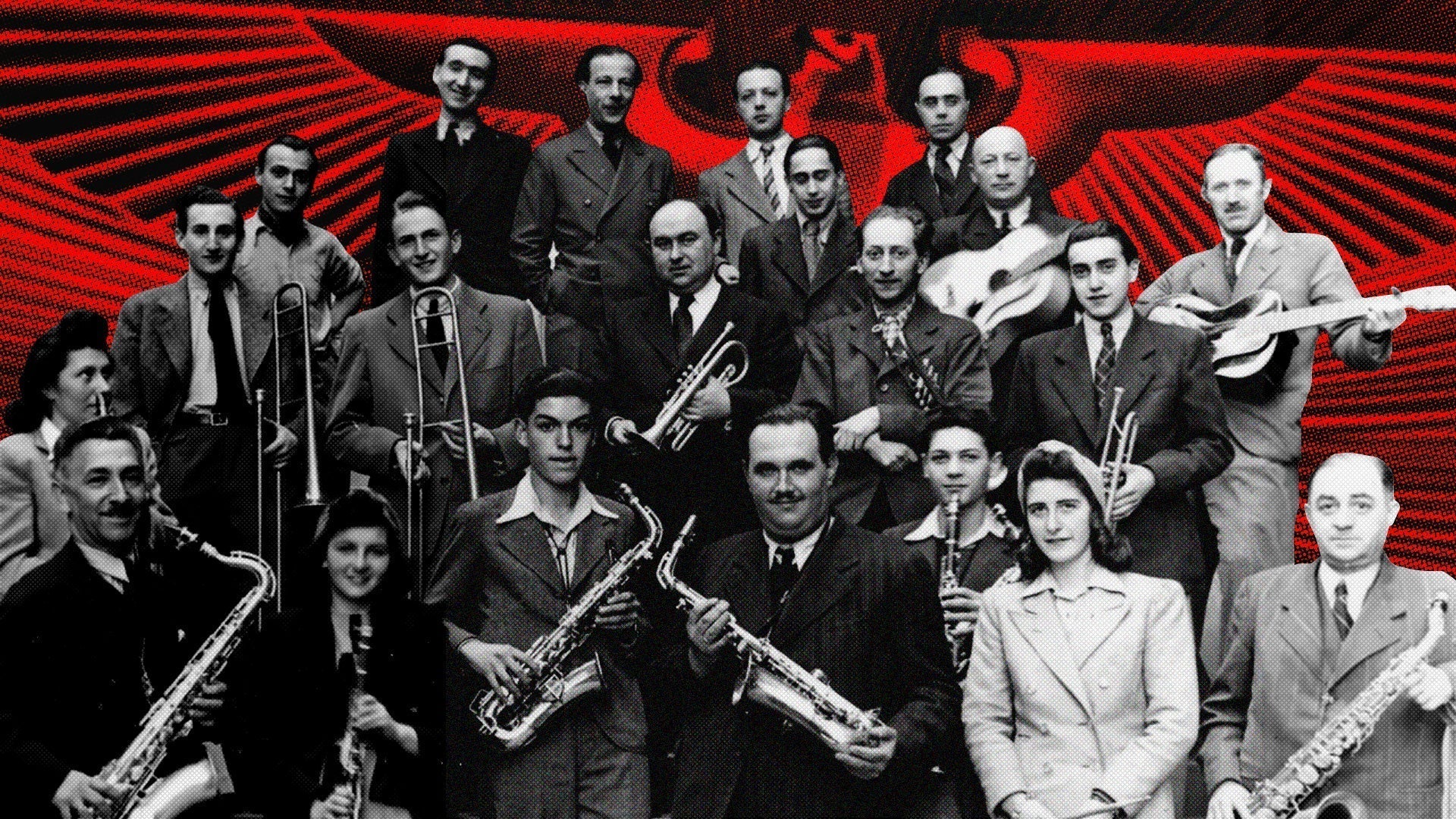The Bad Collab Between MJ and Scorsese

Unexpected collaborations often give birth to true magic. A great example of this is the collaboration between the King of Pop and Martin Scorsese.
Back in 1983, Michael Jackson was riding high on the success of “Thriller.”
However, the pressure to surpass this triumph, coupled with personal challenges and a pyrotechnic mishap during a Pepsi commercial shoot in 1984, pushed Jackson into a period of seclusion and physical recovery.
The incident not only left him with visible scars but also initiated a struggle with painkiller addiction.
Yet, amidst the struggles, a meeting with his musical rival, Prince, spurred Jackson to refocus on his art.
In 1986, as Michael Jackson sought to reclaim his throne, his producer approached none other than Martin Scorsese to direct the music video and screenwriter Richard Price (who had just finished making The Colour of Money (1986) together) for the title track of his upcoming album, “Bad.”
Scorsese embraced the challenge, marking his first and only foray into the world of music videos.
Scorsese’s directorial touch transformed the “Bad” music video into an 18-minute short film, delving into the gritty themes of New York crime.
Inspired by the musical “West Side Story” and real-life events, the narrative follows a young teenager’s struggle to break free from a life of crime and make a fresh start.
The original script had a private school kid killed in a Harlem shootout. But in the final version, they decided to let the boy live. The result was one of Jackson’s biggest music videos, showing the realism of New York.
Interestingly, this music video became the debut of Wesley Snipes who played the role of Mini Max making the video even more interesting and leading him on the path to fame.
Around the middle of the 18-minute production, the music kicks in, showcasing Jackson’s choreographed routine in a single take, using a moving camera technique.
Click here To Read More:
How 'Soul Train' Reshaped The Narrative Of Black America On TV






Comments